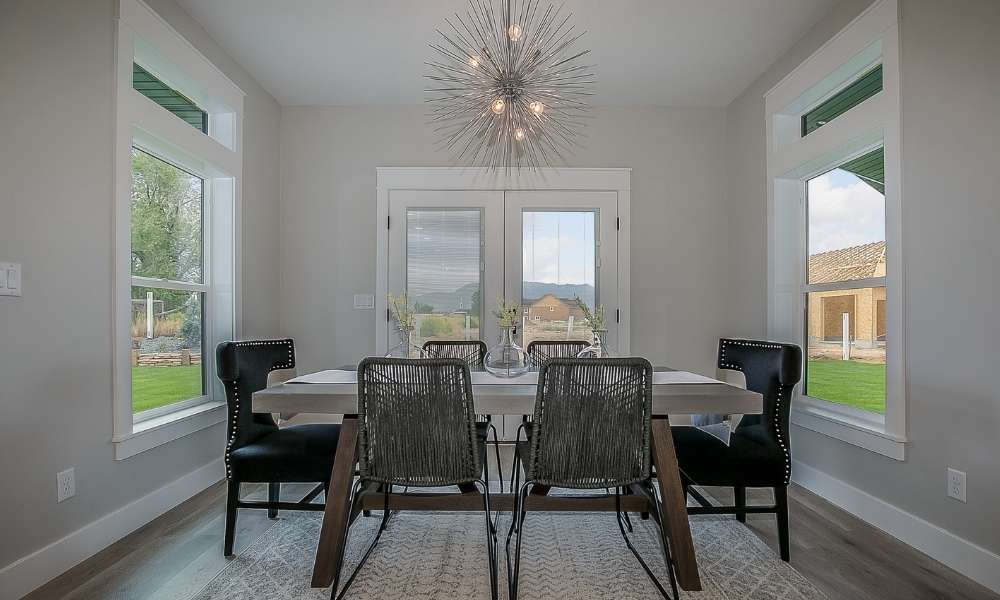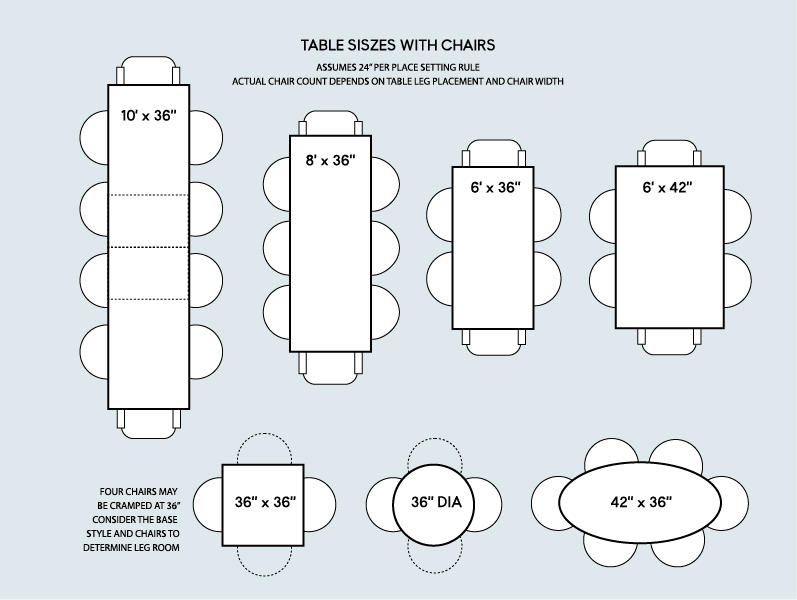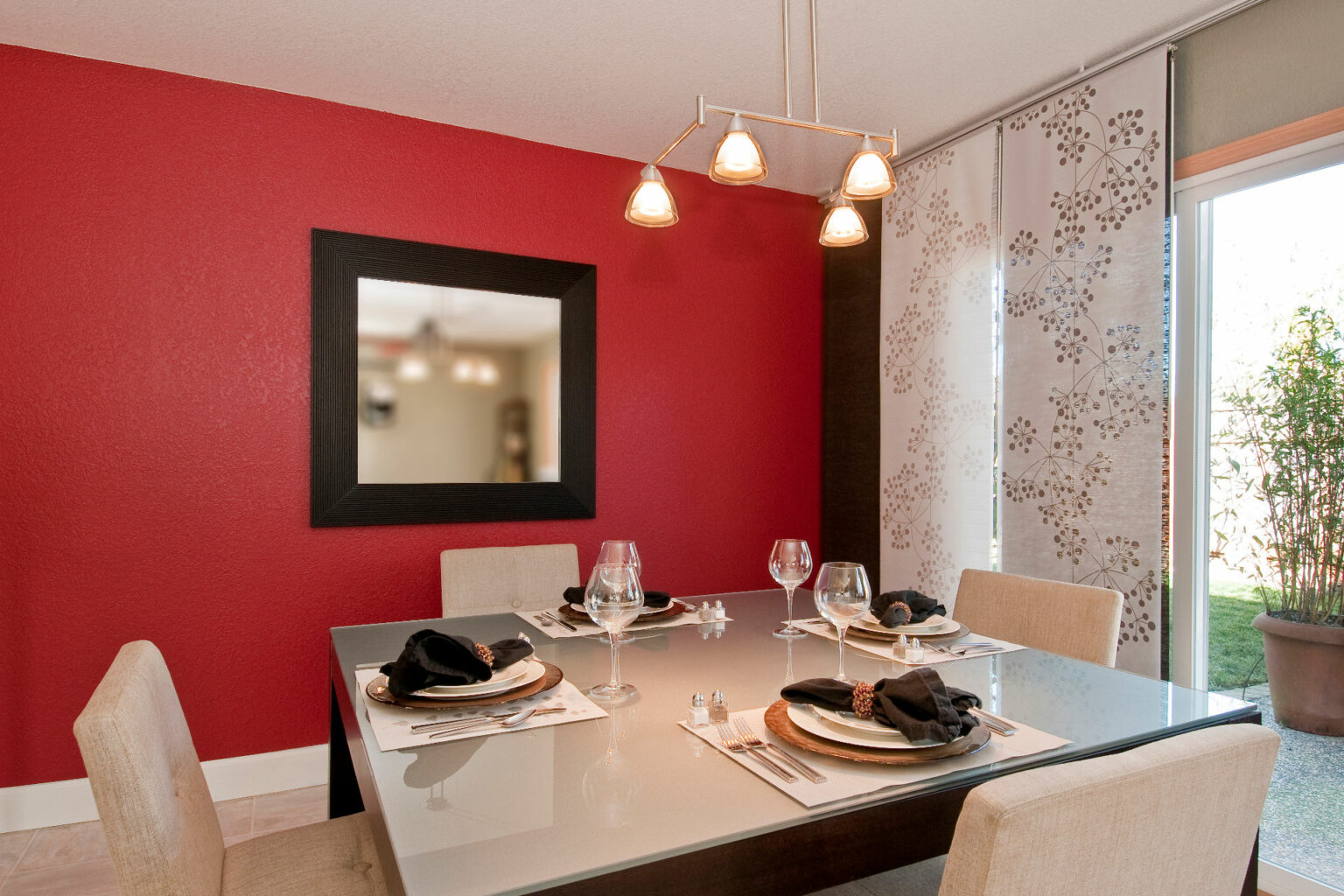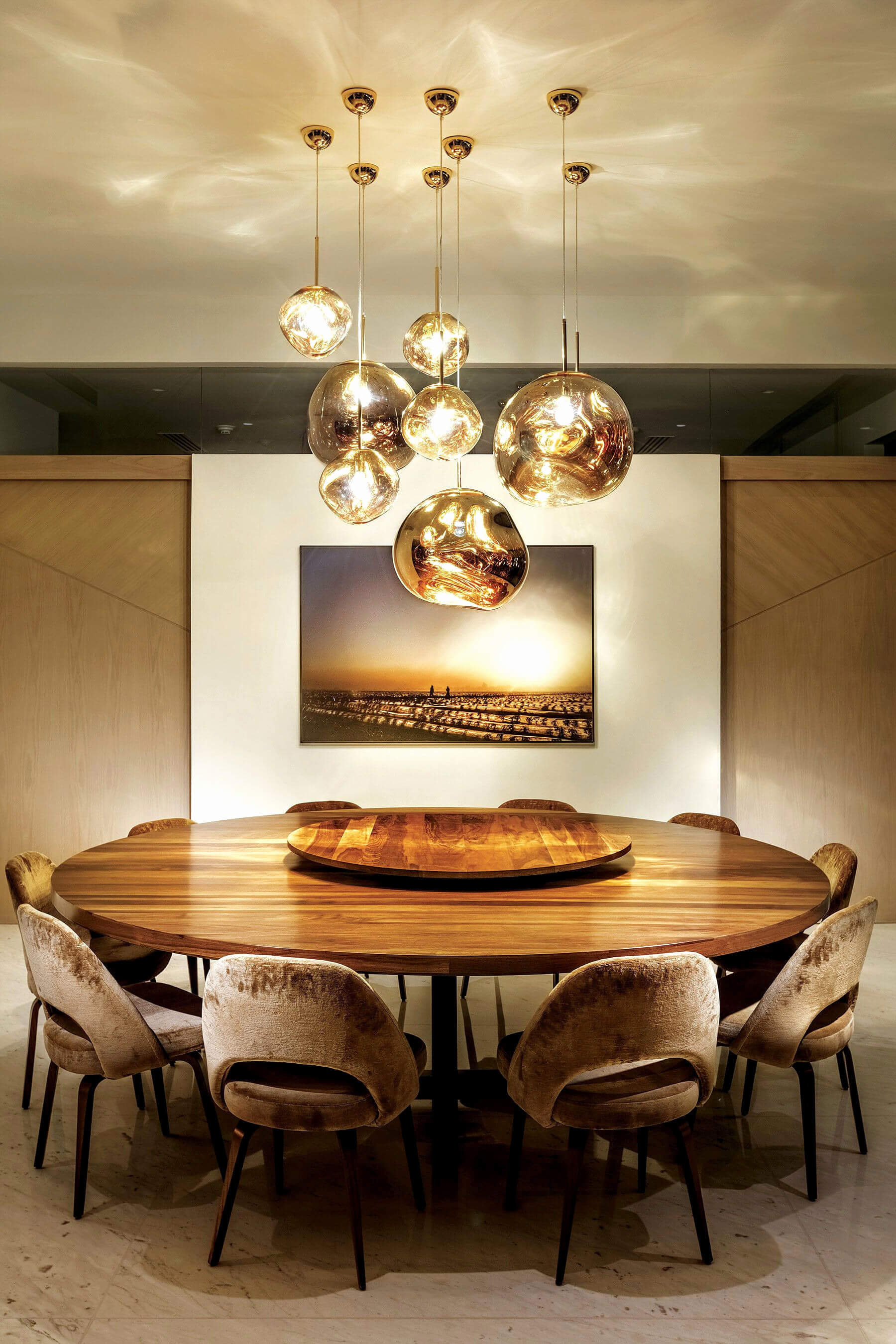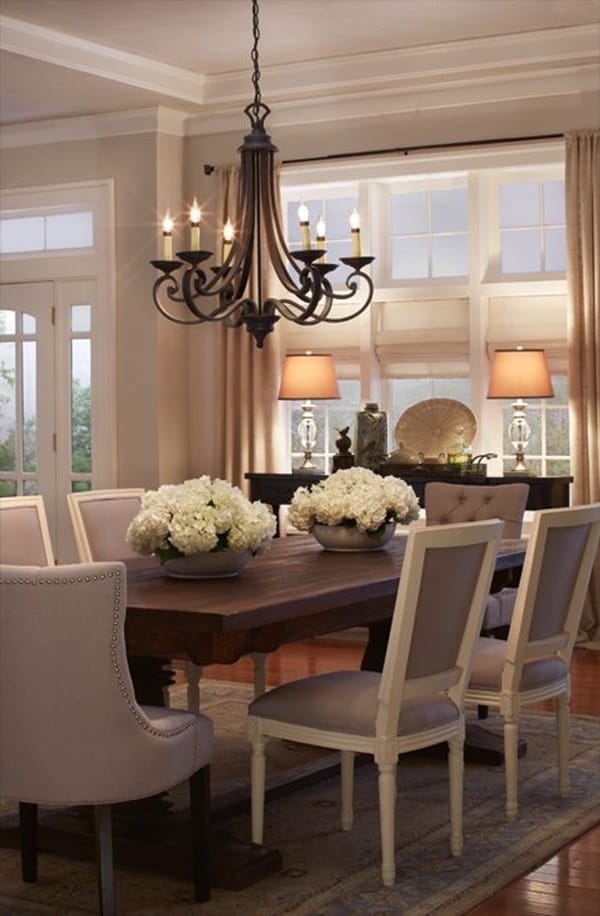When it comes to creating the perfect ambiance in your dining room, lighting is key. Not only does it provide necessary illumination for meals and gatherings, but it also adds to the overall aesthetic of the space. However, to achieve the desired effect, it's important to have the right dining room lighting measurements. Here's everything you need to know to get it right. Dining Room Lighting Measurements
Before you start shopping for dining room lighting, it's important to know the measurements you need to work with. The first step is to measure the size of your dining room. This will determine the size and number of lights you will need. Next, measure the height of your ceiling to determine the maximum length of a chandelier or pendant. Finally, take note of any furniture or fixtures in the room that could affect the placement of your lighting. How to Measure for Dining Room Lighting
While there is no one-size-fits-all approach to dining room lighting, there are some standard measurements that can serve as a guide. For a rectangular or oval dining table, the ideal chandelier or pendant diameter should be approximately one-third the width of the table. For a round table, the diameter of the light should be about half the table's width. The bottom of the light should sit approximately 30-36 inches above the table. Standard Dining Room Lighting Measurements
If you're still unsure about the ideal size of your dining room lighting, there are some general guidelines you can follow. For a room that is 10-12 feet wide, a chandelier or pendant with a diameter of 20-24 inches is recommended. For a larger room that is 14-16 feet wide, a diameter of 26-30 inches is more suitable. As a rule of thumb, add 2-3 inches to the diameter for every additional foot of width. Dining Room Lighting Size Guide
In addition to the size of your lighting, there are some other important measurements to keep in mind for proper placement. The bottom of the light should hang at least 30 inches above the table to avoid obstructing views. If you have high ceilings, you may need to adjust this measurement accordingly. Also, make sure your lighting is centered over the dining table for optimal illumination. Proper Dining Room Lighting Measurements
A chandelier is a popular choice for dining room lighting, but it's important to measure carefully to ensure the perfect fit. If you have a rectangular or oval table, measure the length and width of the table and add the two numbers together. This will give you the recommended diameter for your chandelier. For a round table, simply measure the diameter of the table and use this as the recommended diameter for your chandelier. Measuring for Dining Room Chandelier
In addition to the measurements of your lighting, the placement is crucial for creating the right atmosphere. If you have a large dining room, consider using multiple smaller lights instead of one large chandelier. This will help distribute light evenly and create a more intimate feel. For a long dining table, consider using a row of smaller pendants to create a stunning visual effect. Dining Room Lighting Placement
As mentioned before, the bottom of your dining room lighting should hang approximately 30 inches above the table. However, this measurement can vary depending on the height of your ceiling. If you have a higher ceiling, you may need to adjust the height accordingly. In general, the bottom of the light should not be lower than 6 feet from the floor to avoid any potential hazards. Dining Room Lighting Height
Aside from the measurements, it's important to choose a dining room light that fits the style and design of your space. If you have a smaller dining room, a larger, more dramatic light can make a statement. In a larger dining room, multiple smaller lights can create a sense of balance. It's also important to consider the other elements in the room, such as furniture and decor, when selecting your dining room lighting. Choosing the Right Size Dining Room Light
When it comes to dining room lighting, there are a few other tips and tricks to keep in mind. For example, consider installing dimmer switches to adjust the level of light depending on the occasion. You can also use wall sconces or floor lamps to add additional lighting and create a layered effect. And don't be afraid to mix and match different types of lighting for a unique and personalized look. In conclusion, proper dining room lighting measurements are essential for creating the perfect atmosphere in your space. By following these guidelines and considering your own personal style, you can find the ideal lighting that will enhance your dining experience and make your space look stunning. Dining Room Lighting Tips and Tricks
Dining Room Lighting Measurements: Finding the Perfect Balance for Your Home

Why Lighting is Important in House Design
 When it comes to house design, lighting is often overlooked or considered as an afterthought. However, proper lighting can make a huge difference in the overall look and feel of a room. It not only provides functionality but also adds to the aesthetic appeal and ambiance of a space. This is especially true when it comes to the dining room, a place where we gather with family and friends to share meals and create memories. The right lighting can elevate this experience and create a warm and inviting atmosphere.
When it comes to house design, lighting is often overlooked or considered as an afterthought. However, proper lighting can make a huge difference in the overall look and feel of a room. It not only provides functionality but also adds to the aesthetic appeal and ambiance of a space. This is especially true when it comes to the dining room, a place where we gather with family and friends to share meals and create memories. The right lighting can elevate this experience and create a warm and inviting atmosphere.
The Importance of Measuring for Dining Room Lighting
 Now that we understand the significance of lighting in house design, let's focus on the dining room specifically. This is a space where we engage in activities that require different levels of lighting. From intimate dinners to lively gatherings, the lighting needs to be versatile and adjustable. This is where proper measurements come into play. By accurately measuring your dining room, you can determine the right amount of lighting needed to create the perfect balance of functionality and ambiance.
Now that we understand the significance of lighting in house design, let's focus on the dining room specifically. This is a space where we engage in activities that require different levels of lighting. From intimate dinners to lively gatherings, the lighting needs to be versatile and adjustable. This is where proper measurements come into play. By accurately measuring your dining room, you can determine the right amount of lighting needed to create the perfect balance of functionality and ambiance.
How to Measure for Dining Room Lighting
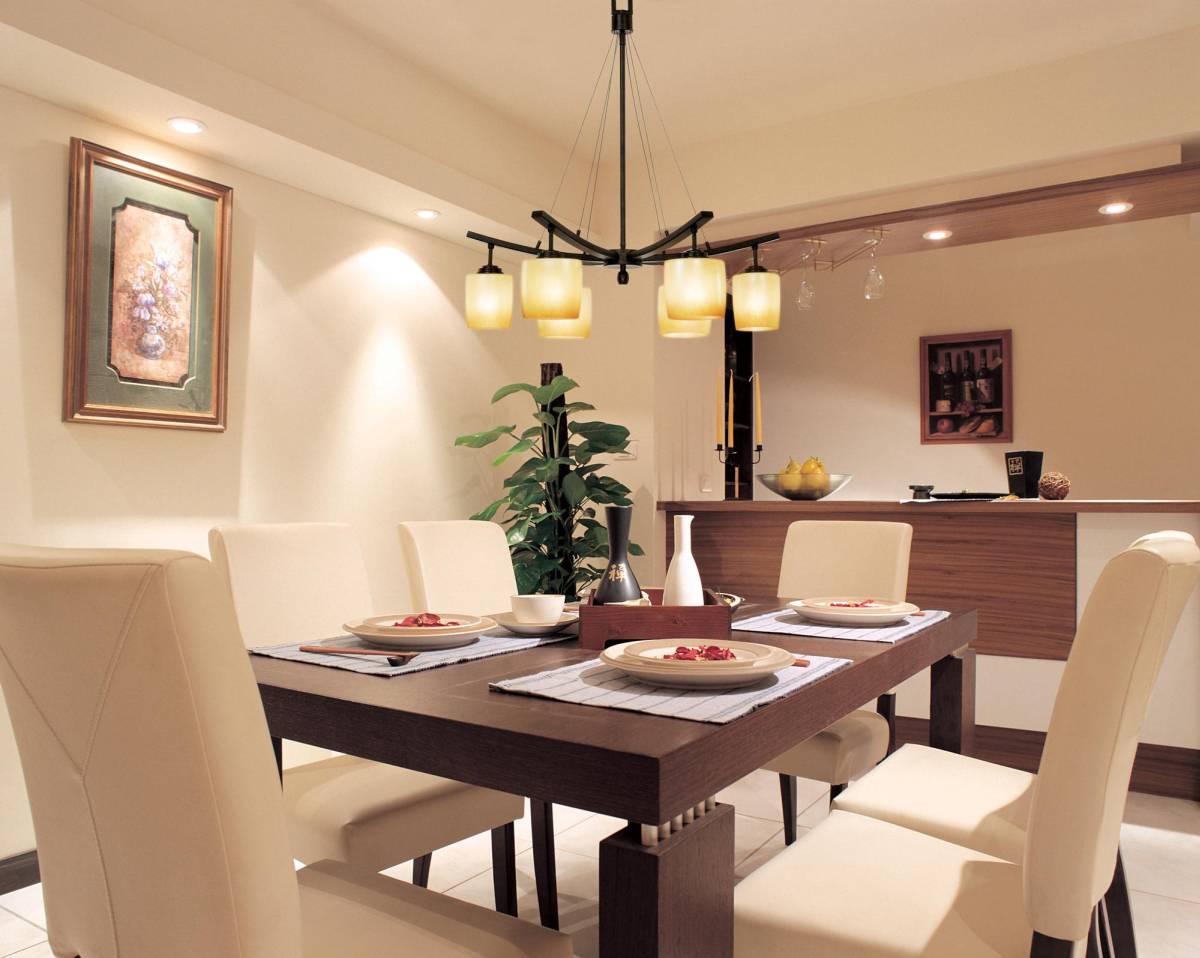 When it comes to measuring for dining room lighting, there are a few key factors to consider. The first is the size of the room. A larger dining room will require more lighting than a smaller one. Next, take into account the height of your ceilings. Higher ceilings may require longer pendant lights or chandeliers, while lower ceilings may require flush mount or semi-flush mount fixtures. It's also important to consider the placement of your dining table in relation to the lighting. You want to ensure that the light source is centered and not too close or too far from the table.
When it comes to measuring for dining room lighting, there are a few key factors to consider. The first is the size of the room. A larger dining room will require more lighting than a smaller one. Next, take into account the height of your ceilings. Higher ceilings may require longer pendant lights or chandeliers, while lower ceilings may require flush mount or semi-flush mount fixtures. It's also important to consider the placement of your dining table in relation to the lighting. You want to ensure that the light source is centered and not too close or too far from the table.
Additional Tips for Perfect Dining Room Lighting
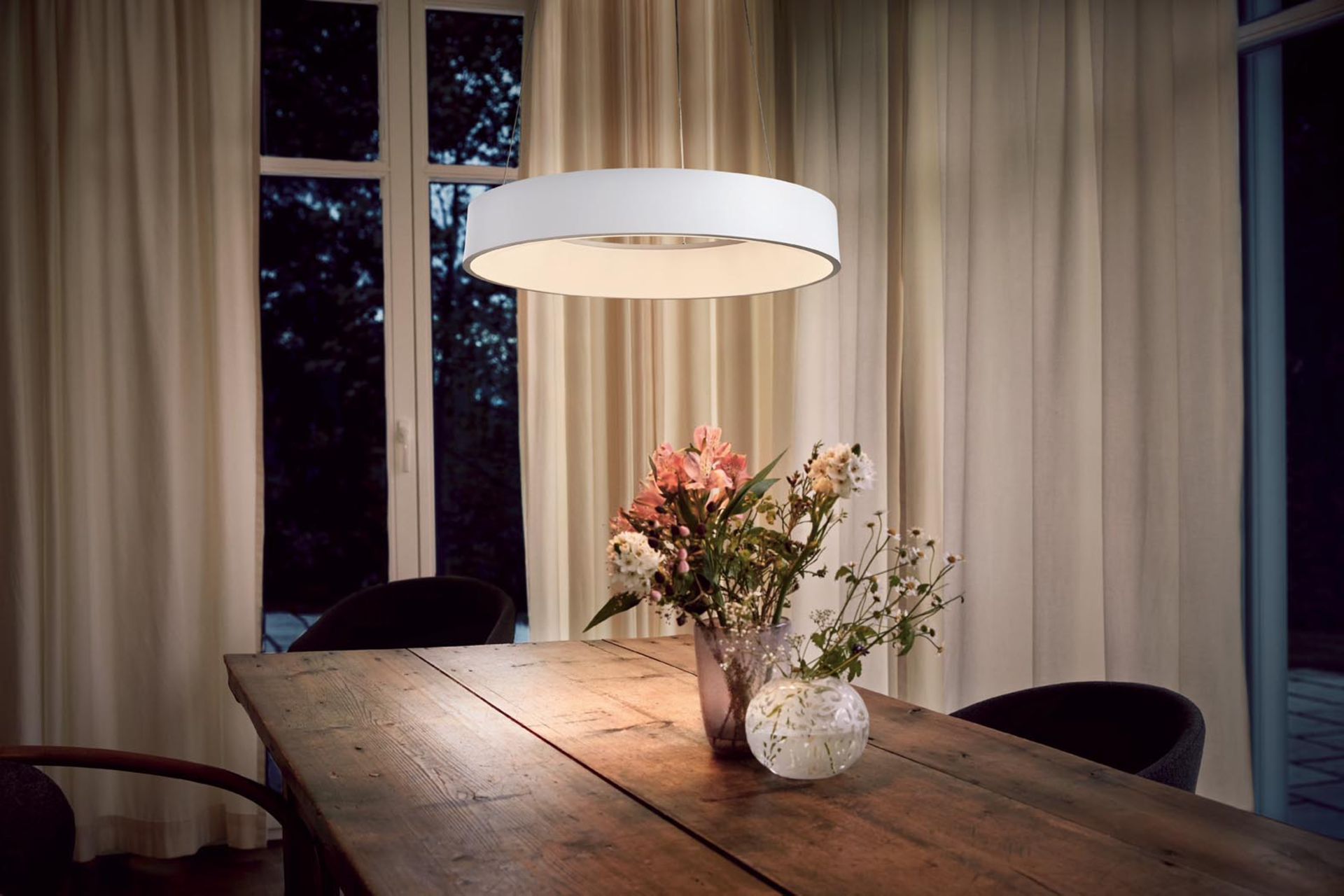 In addition to measuring for the appropriate amount of lighting, there are a few other tips to keep in mind for the perfect dining room lighting. Consider adding dimmer switches to your fixtures for added versatility and control over the ambiance. You can also mix and match different types of lighting, such as overhead fixtures and table lamps, to create layers of light in the room. And don't be afraid to incorporate some unique and eye-catching fixtures to add a touch of personality to your dining room.
In conclusion, proper measurement is crucial when it comes to dining room lighting. By taking the time to accurately measure your space and considering other important factors, you can achieve the perfect balance of functionality and ambiance in your dining room. So, before you start shopping for lighting fixtures, be sure to measure twice and light up your dining room with confidence and style.
In addition to measuring for the appropriate amount of lighting, there are a few other tips to keep in mind for the perfect dining room lighting. Consider adding dimmer switches to your fixtures for added versatility and control over the ambiance. You can also mix and match different types of lighting, such as overhead fixtures and table lamps, to create layers of light in the room. And don't be afraid to incorporate some unique and eye-catching fixtures to add a touch of personality to your dining room.
In conclusion, proper measurement is crucial when it comes to dining room lighting. By taking the time to accurately measure your space and considering other important factors, you can achieve the perfect balance of functionality and ambiance in your dining room. So, before you start shopping for lighting fixtures, be sure to measure twice and light up your dining room with confidence and style.












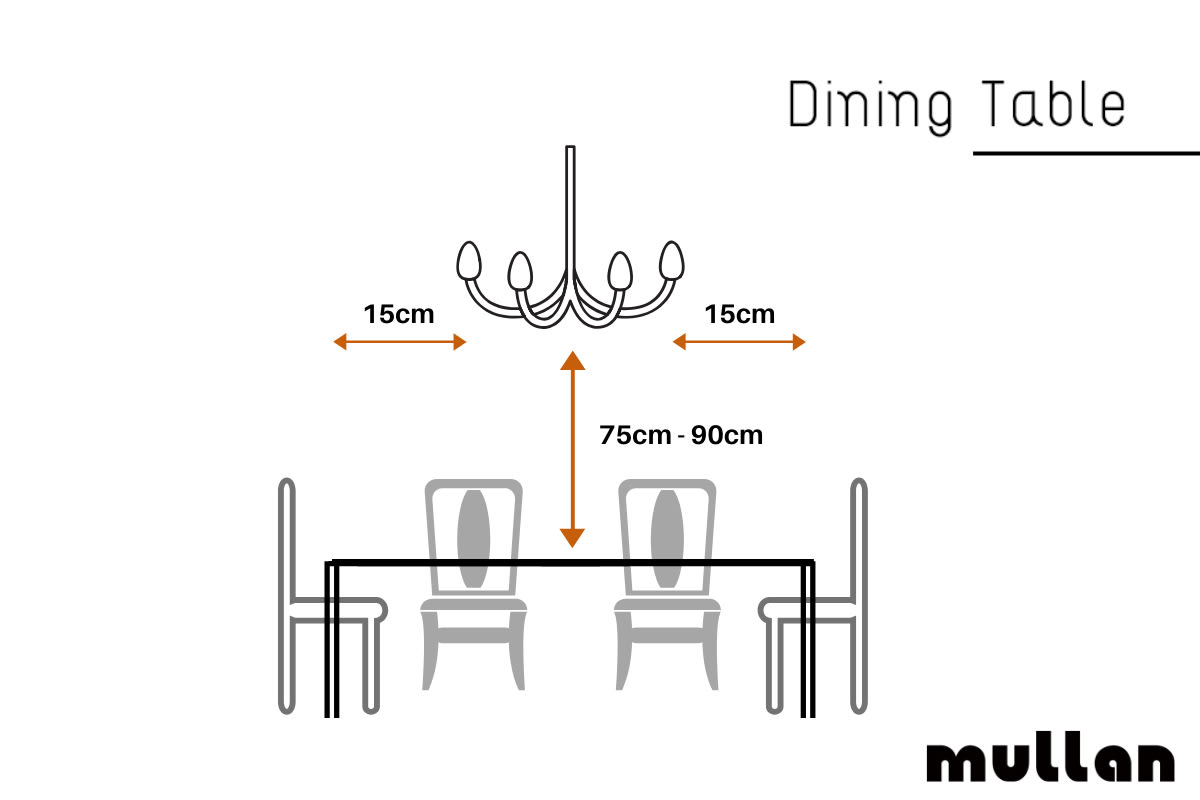




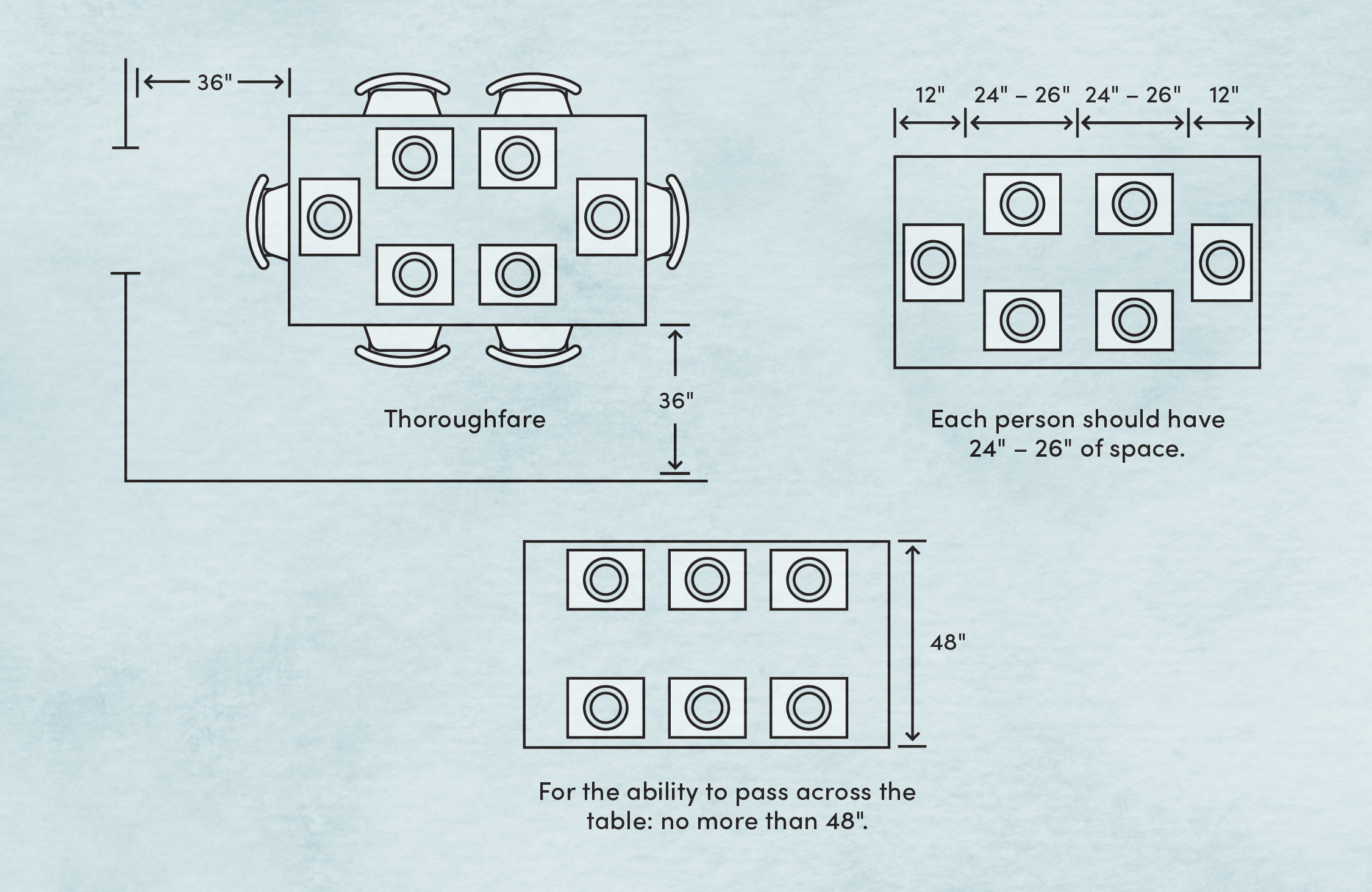






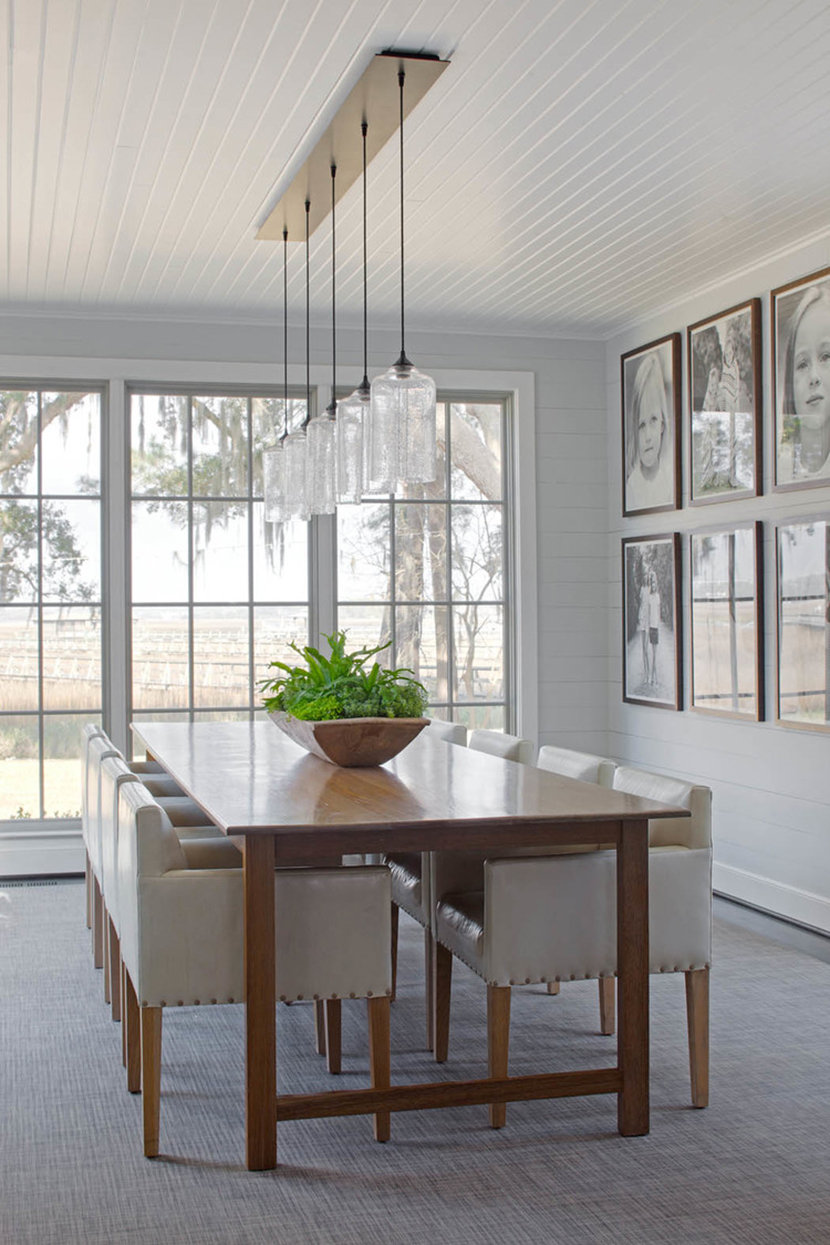
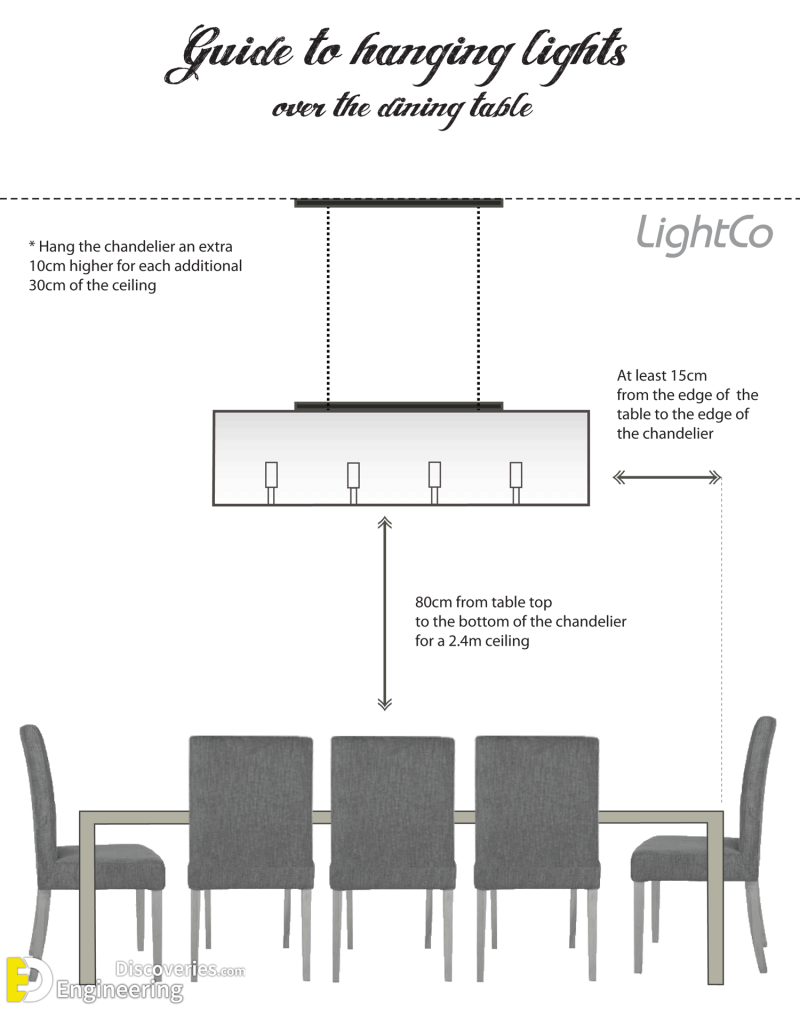
/fin-27-sputnick-light-fixture-5a51622a5b6e2400374955c3.jpg)

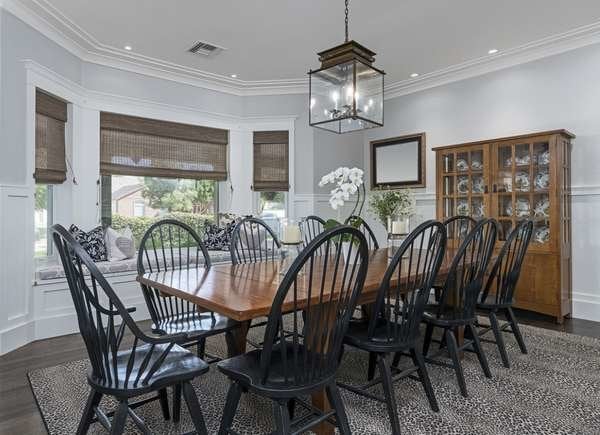
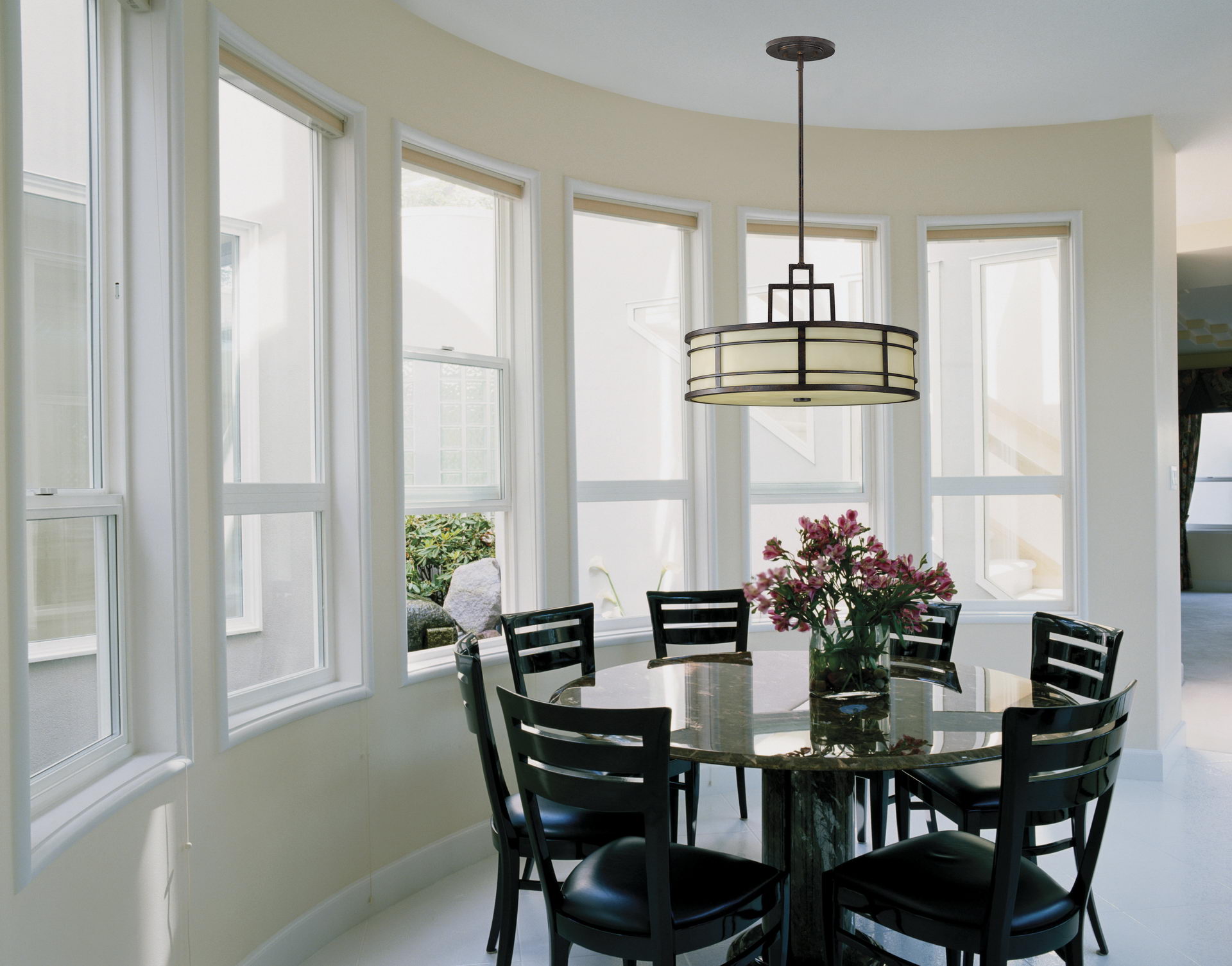


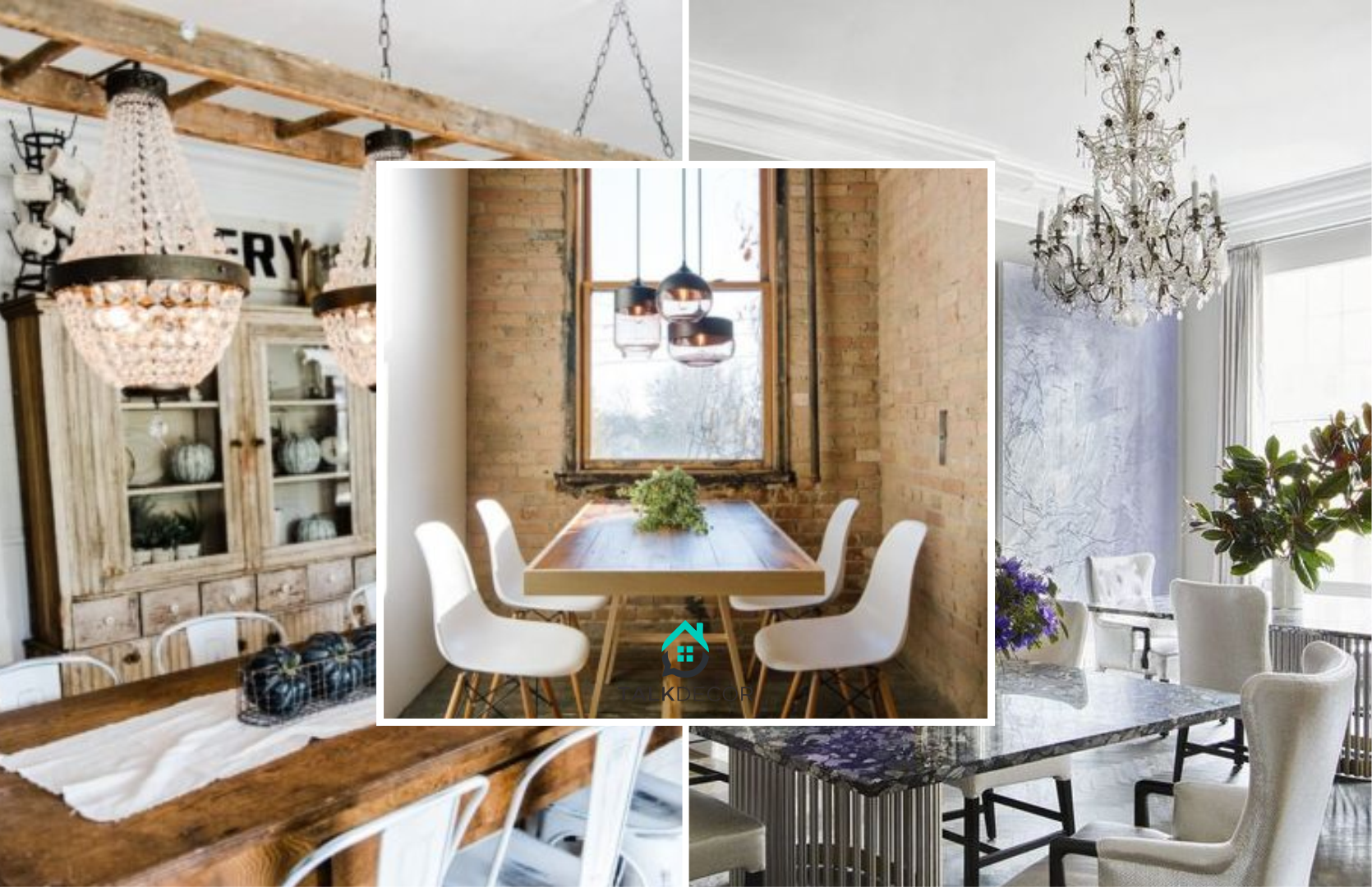










/Chandelier_0635-0b1c24a8045f4a2cbdf083d80ef0f658.jpg)
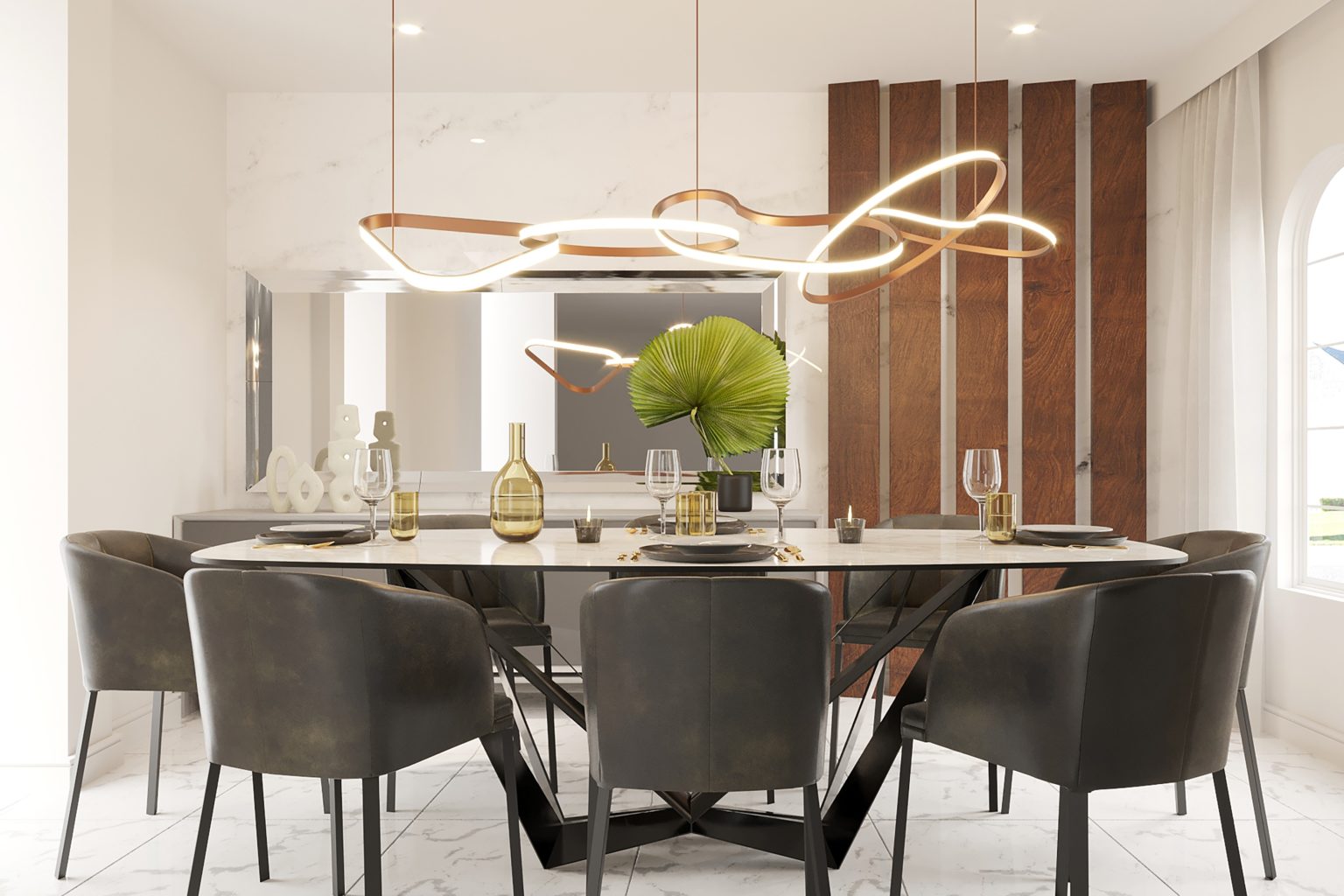

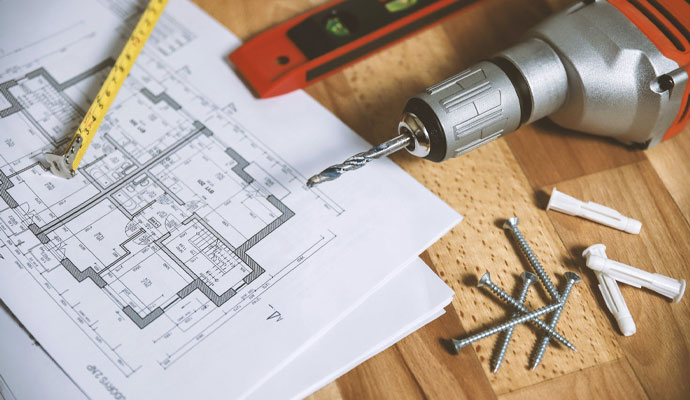

/dining-room-light-fixture-ideas-23-mindy-gayer-windward-55f952166a404e118d22061c51060a95.jpeg)
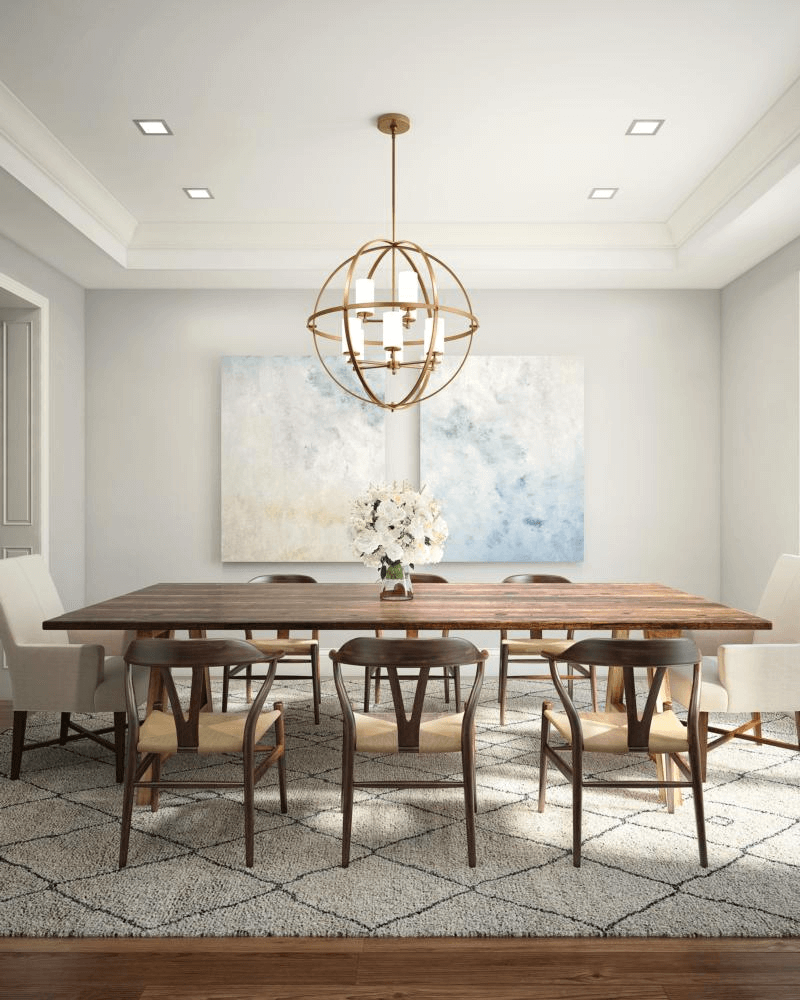
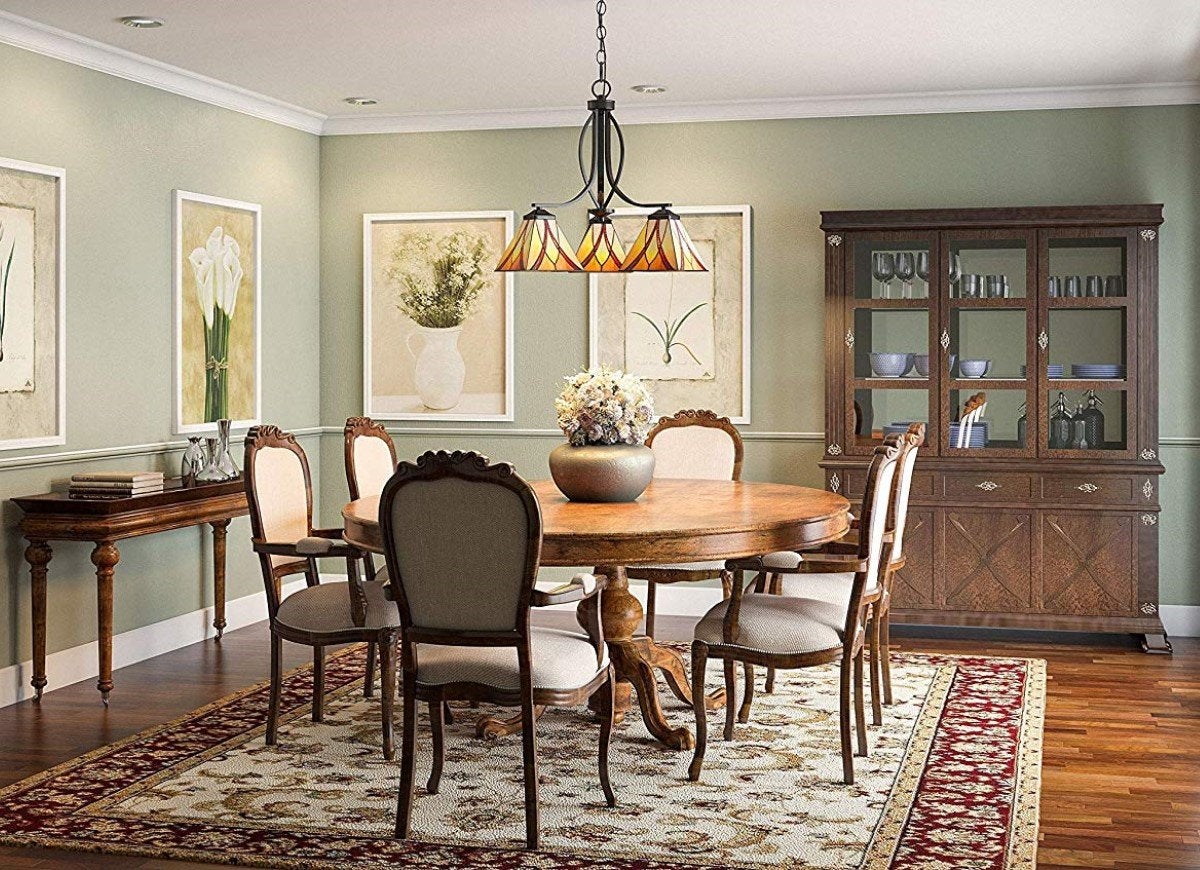

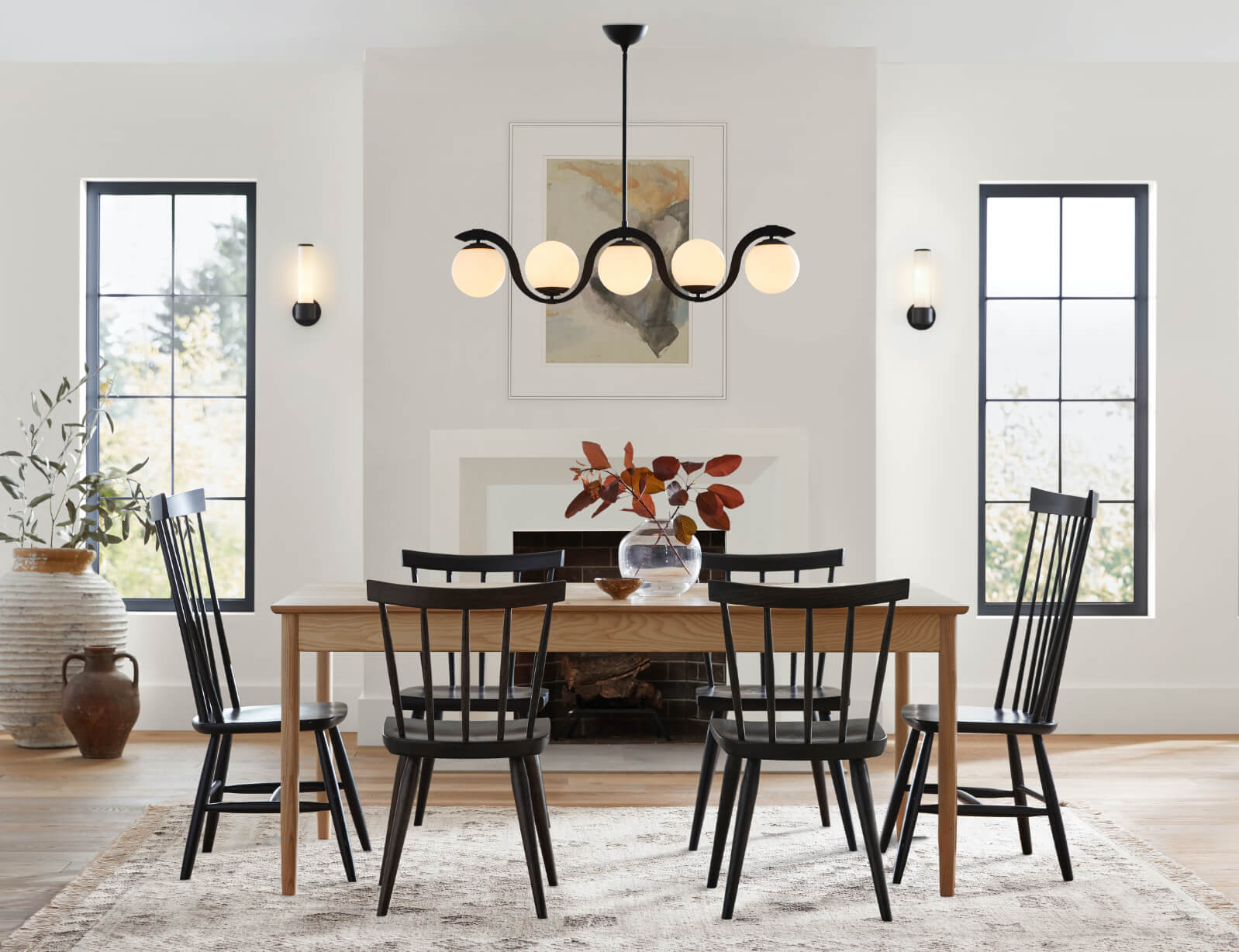

/dining-room-lighting-4157465-hero-28e9226fa7fb4f7e9f86a062ff22111c.jpg)









